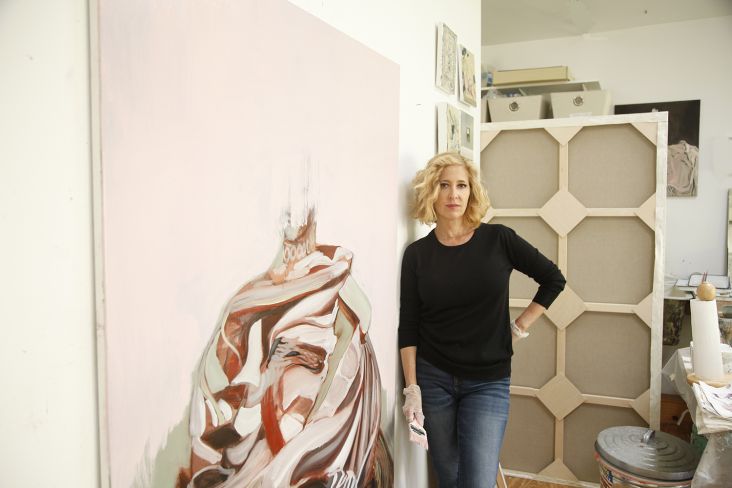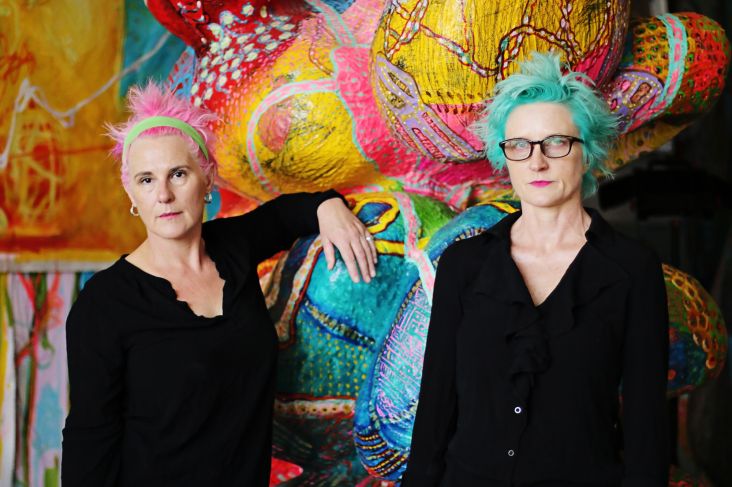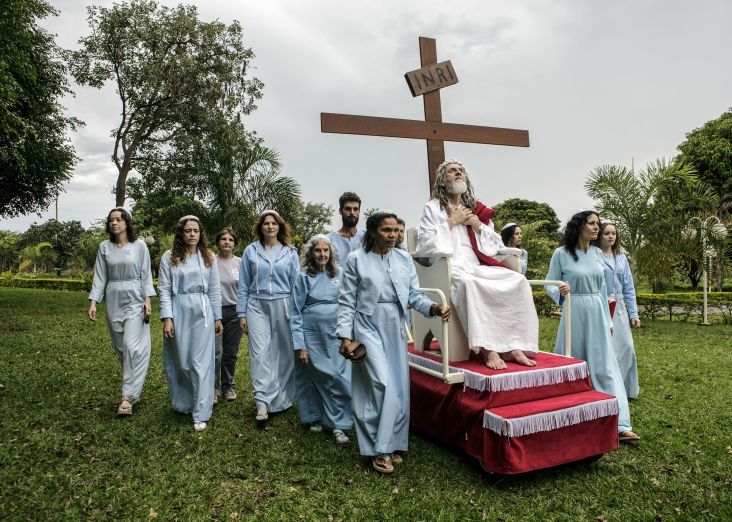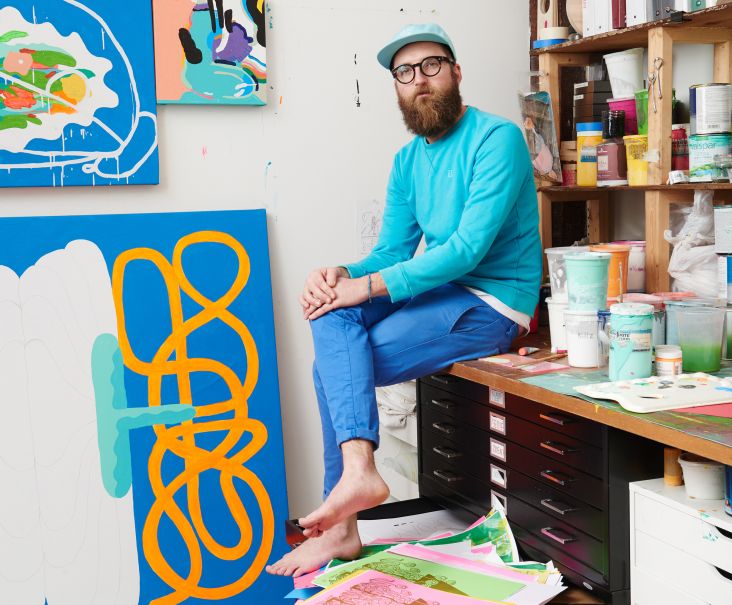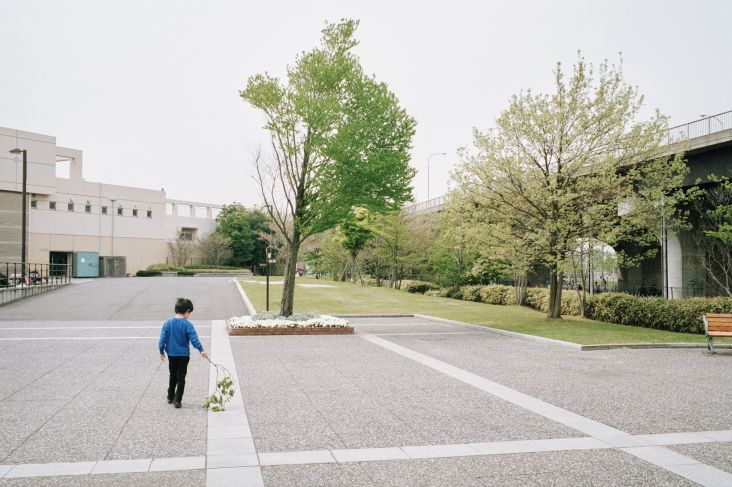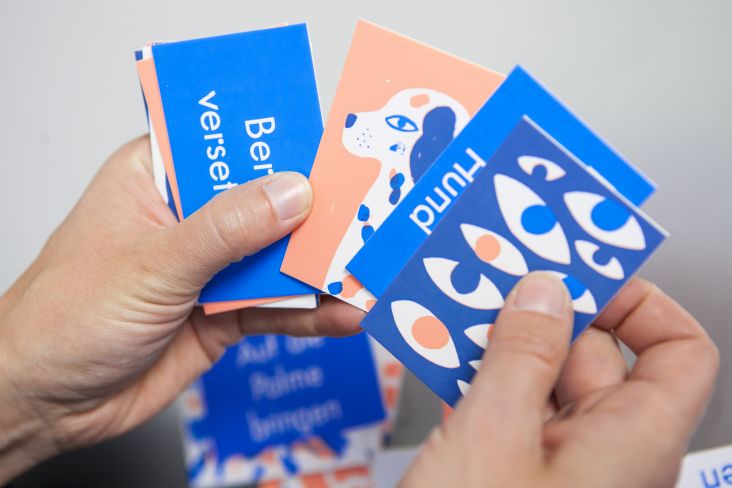Scott Witham on landing a book deal (or four), cars and the future of graphic design
Scott Witham is the founder of Traffic – an award-winning graphic design agency in the fair city of Glasgow. With a mantra based on hard work, great ideas and innovation, it's no surprise that the firm has worked with a wealth of internationally renowned clients over the last 15 years.
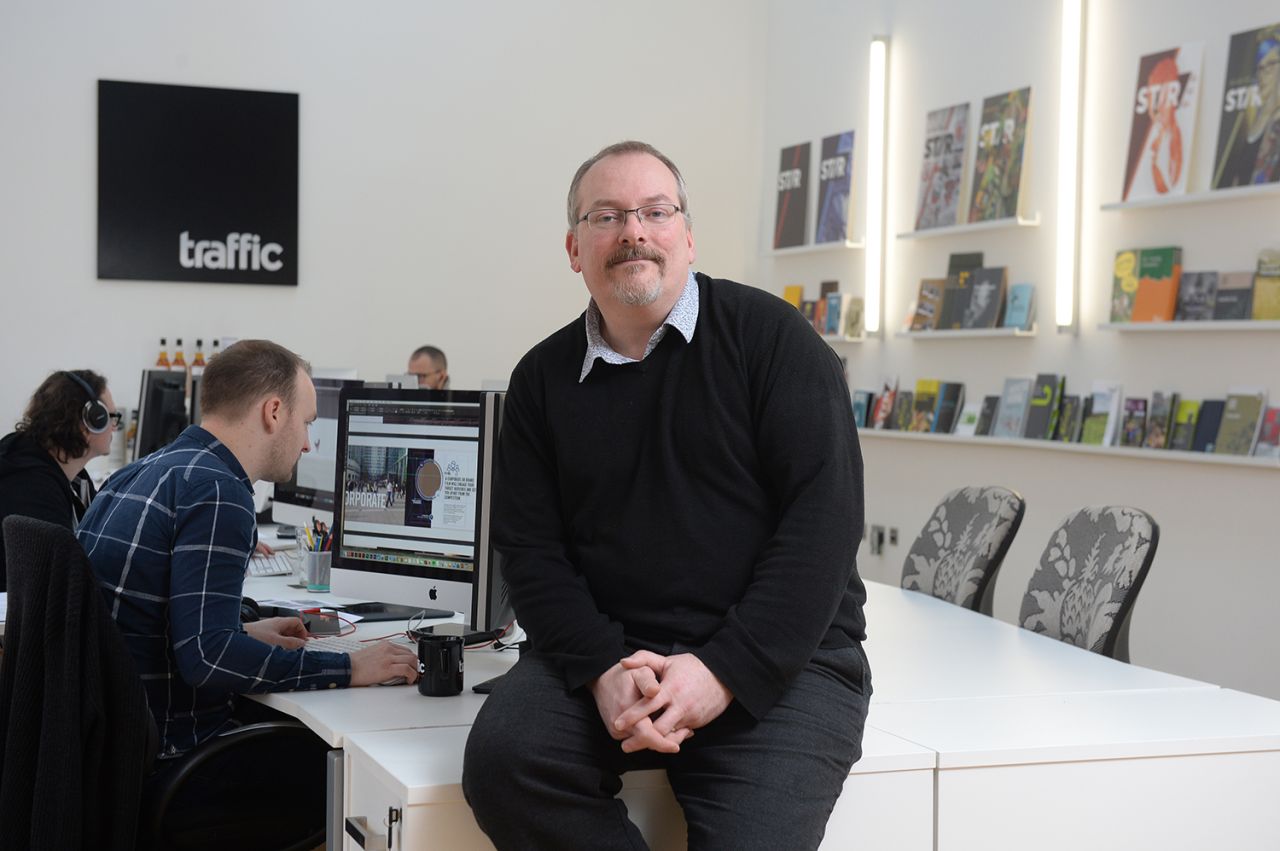
In addition to founding his firm, Witham has written four books (with a 'best of' making him author of five) on the design industry. With so much already under his belt, we were keen to catch up with Scott to grill him on his secrets for success.
You launched your own studio in 2002. How did that come about? What's your background?
I had previously worked for Scotland's best marketing agencies at that time (throughout the 90s), KLP Euro, RSCG in Edinburgh, and then BD Network in Glasgow designing for SONY, Budweiser, Guinness, Carling, Orange, Lurpak etc.
In 2001 I was made redundant but had just landed a book deal with Rotovision to bring an idea I had pitched to them through to fully completed print-ready artwork.
This included sourcing all material, writing all the text and having everything professionally shot. The advance on fees allowed me to work for myself and Traffic was born!
The timescale for production was about nine months, so while I was being paid to write the book, I was also able to make time to start looking for clients and set up for after the book was completed.
This wasn’t as easy as I thought. I employed my first designer at the end of year one just as the book was finishing and I started to get more clients on board. Strangely, by sheer chance, one of our first clients was Honda! I bumped into an old school friend who was then a marketing manager with Honda, Glasgow. We pitched, proved ourselves worthy and that was our first big client.
It's a great name. Is there a story behind Traffic?
I didn’t want to use my surname, I wanted something short and simple to say when answering the phones. Plus, when working for bigger agencies there was always a ‘traffic manager’ who would oversee work in and work out. I pretty much took the name from there. And it helps that I’m a bit of a petrol head.
What's changed since 2002... for better?
Technology and speed are things I love about working today. We have our own 100MB of dedicated fixed line fibre and it's a God send. It's just so fast now getting our work out there. Also, the hardware is cheaper than it's ever been, kitting a studio out with top-of-the-range equipment, we could only previously dream of, is now affordable.
And for worse?
Clients now know how fast we can go from concept to print so expect everything to be done in a day! Also, quality of supplied text is awful these days. We seem to spend more time doing alts than designing.
Very few clients use copywriters now but won’t fund the extra time spent changing all the mistakes or rewriting text halfway through a job. Quality of design graduates isn’t as good either and I feel sorry for them – I get 10 to 15 CVs a week and many can’t design and should not be in this field of work but the colleges and universities need 'bums on seats’ for funding purposes so fill up their courses without any regard or interest as to how many will get employment, or if they can actually design or not.
No student ever seems to fail a graphic design degree, as long as they turn up they pass. Unlikely this would happen in any other profession. I reply to every single CV I get and try to be helpful. I support and help several art colleges by offering studio time for free, talking to students, giving interviews and by bringing several placements into Traffic each year, but still find that the course leaders are under massive pressure to overfill their courses and are pressured into taking more students than they should.
Do you think it was more difficult to start your own business back then?
Yes and no. There was no financial support (not that I think there's much these days either) - however, back then you had to have a studio, you would not be taken seriously working from home or renting desk space and kit was very expensive (software was cripplingly expensive as you had to buy each programme individually at £800 a pop), so you needed a fair bit of money (and luck!) to launch and survive.
Now it's perfectly acceptable to work from home, your shed or a client's office. New kit is cheap. You pay monthly for Creative Suite, There are also many brilliant hub and start up spaces out there (like Rookie Oven, The Whisky Bond or Collabor8te here in Glasgow). It's not so important now to have fancy offices overlooking a canal or your studio built into a windmill. You can work from anywhere and still produce great work.
What's been the key to your survival and success? You obviously coped with the global recession?
We did pretty well during the recession, to be honest – we were very lucky (except we lost RBS as a client). Most of our clients cut their spend but continued to work with us. Our key to survival has simply been our loyal client base. We have clients today who have been with us since launch 15 years ago. They trust us and enjoy working with us. Look after your clients and over service their accounts. Don’t charge for minor things and do favours every now and again. That really works. Allowing clients direct access to designers also really helps build bonds.
What has surprised you the most about running a business?
It's tough but enjoyable. I have been employed full time without a break now for 25 years. 15 of them with my own business. It never fails to surprise me when we get recognition (Scottish Design Agency of the Year award winner) or folk say they have heard of us or that we are an ‘established’ agency. I still feel like we are a young agency out there to prove ourselves and every day brings a new challenge.
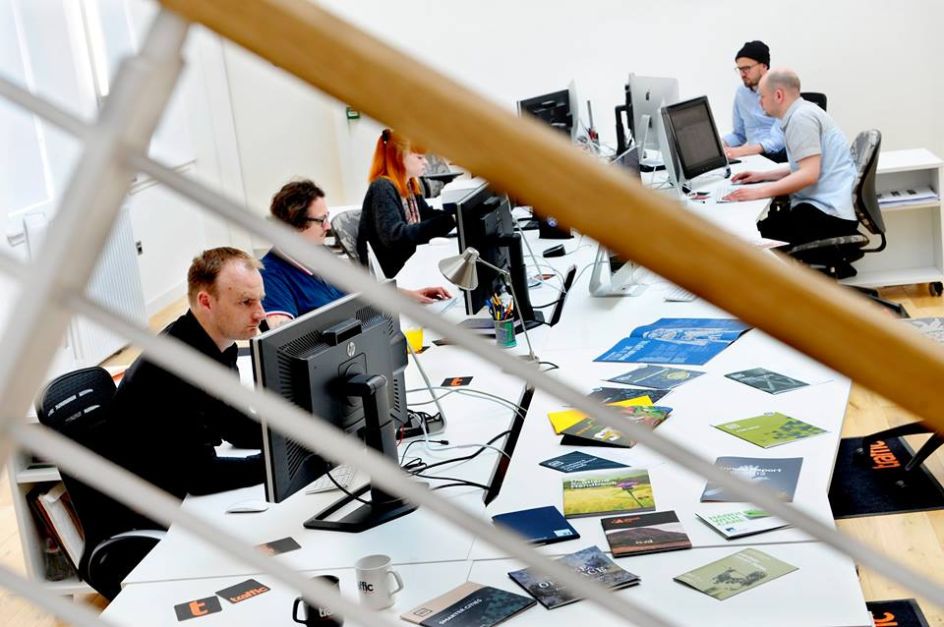
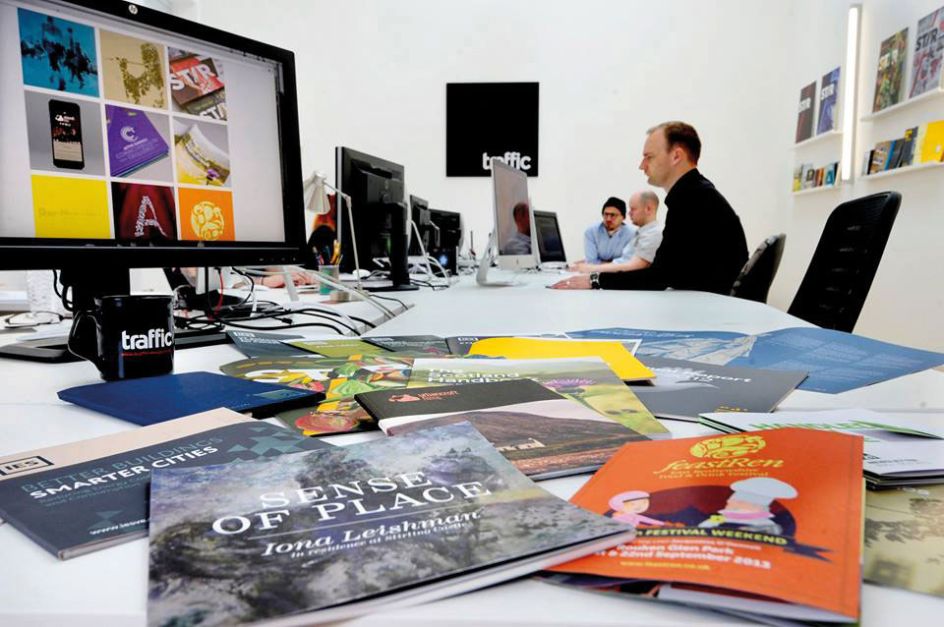
You're a small studio – have you stayed deliberately that way?
We would love to expand but I’m happy the way we are – I didn’t plan rapid expansion or the times we have had to downsize to adapt. We are what we are. I do not have a business partner to share the weight of running the business but I like it that way, keeps things simpler.
You've had five books on graphic design published over the years. Tell us more
I loved working on the books. It's been a fantastic experience. Book one was for Rotovision (Festive: The Art and Design of Promotional Mailing) and gave me the funds to launch my own company.
I loved writing the books, I spoke with Pentagram, Sagmeister, Conran, Moberly, Tattersfield, many big names and was amazed just how enthusiastic they were to be involved. With them on board the publisher approved the books for publication. We also received amazing work from individuals and small agencies too. I still have some of the work we were sent and still keep in touch with several companies all over the world from Moscow to Florida.
My other books were Touch This: Graphic Design That Feels Good (2006), Print and Production Finishes for Promotional Items (2007) and Great Graphic Design on a Budget: How to Do More with Less (2010). I only found out about book five, Print Formats and Finishes: The Designer's Illustrated Guide, when someone emailed me to say they had bought it.
I was a bit confused as I hadn’t written a fifth book but I was delighted to find that Rotovision had published a ‘best of’ and I was named as one of the authors. Didn’t get paid anything for that one but I didn’t mind. We have been designing book covers as live studio work ever since.
Is there anything that frustrates you about the industry? How would you like to see things change?
Over the last few years we have had to politely resign from a few accounts as the clients didn’t really need a designer, they needed a Mac operator. I don’t mind doing what the client wants but if we are forced to do something just plain awful (even though we tried to improve it) that can damage our studio.
The final straw for one client came when they asked us to do a logo based on a horse wearing lipstick, false eyelashes and painted hooves for a beauty salon close to his stables. I pointed out it was insulting his clientele but he would not listen, the relationship started to break down from there!
If someone's thinking about starting their own business, what advice would you give?
Just work as hard as you can and take on anything and everything (except horses in makeup) and make the client feel appreciated and important. Look after your staff, clients notice happy staff. Also, give your staff a contract and pay them more than yourself.
Changing designers every three months looks bad. Also, don’t lie. I’m still shocked by the amount of outright bullshit I see on some start up agencies websites like putting the Nike or Apple logo under your clients list because you bought a pair of trainers or own an iPhone. Be honest, clients will clock it eventually if you are falsely implying you have done work for the BBC when all you have done is purchase a TV licence for the office.
What's worked best for you in terms of finding new business? And winning it?
Word of mouth and putting a tiny ‘designed by’ on everything we do. We got a client in Dubai as they picked up a brochure we did for a Glasgow company that they saw at a trade show and they really liked it so gave us a call. Cold calling, business groups, joining a network doesn’t work. Get your work out there and get it seen.
Glasgow's changed significantly over the last 20 years. How are you finding it?
Love it. There are definitely still opportunities to launch in Glasgow and have a good chance of surviving. Overheads are lower, rent is affordable, good business infrastructure and excellent rates relief for small businesses (thanks to lobbying by the FSB). I worked in Edinburgh for several years but I had no doubt that I would launch in Glasgow. Broadband is still hard to find here but it's getting better.
Finally, what's next for Traffic?
Surviving and continuing to enjoy what we do. It's been difficult, 2017 saw many clients lose their funding. It was bad for us as we lost work but it was worse for them as they lost their jobs. I’m always positive and we simply had to go out and find new work. We have picked up four new clients since April so planning to continue on for at least another 15 years and get to 30. That would be good. I might even write another book at the end of it all. Lots of stories still to tell!

















